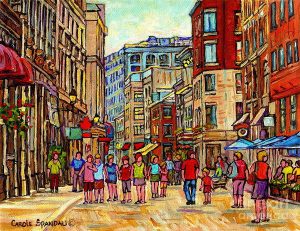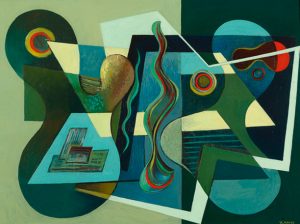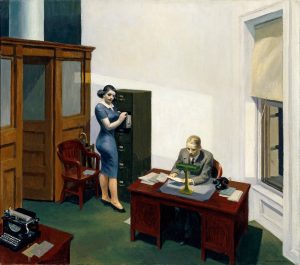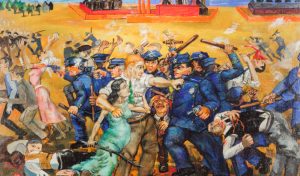
In Greek mythology, Narcissus is a hunter who falls in love with his own reflection. Upon realizing he could not have the image with which he fell in love, Narcissus dies from despair and transforms into a beautiful flower. In the Italian painter Caravaggio’s depiction of Narcissus, he uses his trademark tenebrism (an extreme contrast between light and shadow) as well as isolation to produce an enthralling capture of the climax of Narcissus’ story.
In many other paintings of Narcissus, artists illustrate the surrounding forest scenery, sometimes featuring animals and other human-like figures. However, Caravaggio strips away all but the pool of water from the story’s setting. Instead, he focuses on Narcissus himself, mirroring Narcissus’ own enchantment by his image. The Greek hunter is painted in vivid colors and bathed in spotlight, providing a stark contrast to the pitch black background that blocks out the nether scenery. Just as he is mesmerized by his own reflection, viewers can only have eyes for him.
Narcissus’ impending tragedy is conveyed through the alarming darkness of the water into which he stares. His features are difficult to make out in the reflection, as if indicating that the water, despite its trickery, is no place for a human to live and love. While one of Narcissus’ hands is placed on the ground, though dangerously close to the water, his other hand dares to touch his reflection. As Narcissus leans toward to the pool of water, his serene facial features illustrating the trance under which he has fallen, viewers of the painting can sense a danger approaching, even with no lurking outside force. The danger is within Narcissus himself, and as he sits isolated from the world, he too will die isolated from the world.









